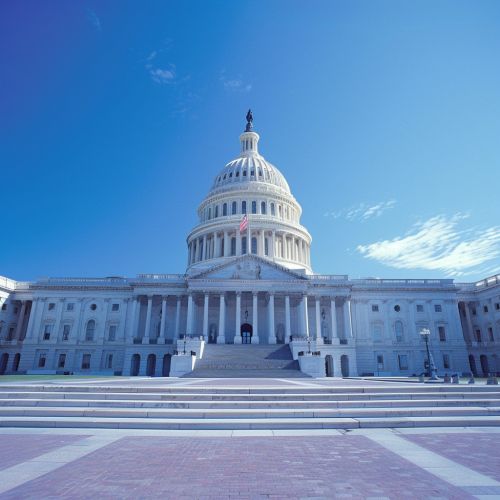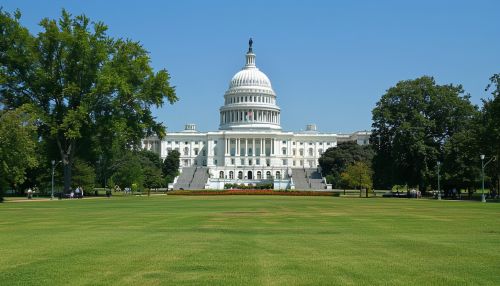Public Policy
Introduction
Public policy refers to the actions taken by government — its decisions that are intended to solve problems and improve the quality of life for its citizens. At its core, public policy is about decision making by governments and the interaction of those decisions with the constituents' interests.
Overview
Public policy encompasses a complex and multifaceted process. It involves the interplay of numerous individuals and interest groups competing and collaborating to influence policymakers to act in a particular way. These individuals and groups use a variety of tactics and tools to advance their aims, including advocating their positions publicly, attempting to educate supporters and opponents, and mobilizing allies on a particular issuepublic advocacy.
Types of Public Policy
Public policy can be generally classified into the following types:
Substantive Public Policy
Substantive public policy refers to the actual policies or laws enacted by a government. These policies can be either regulatory, distributive, or redistributive. Regulatory policies are those that regulate the behavior of individuals and corporations, such as environmental laws or food safety regulations. Distributive policies are those that distribute resources among members of a society, such as social security benefits or public education. Redistributive policies are those that take resources from one group and give them to another, such as progressive tax policies or welfare programswelfare programs.
Procedural Public Policy
Procedural public policy refers to the procedures that public officials follow in making substantive policy decisions. This can include the methods used to pass a bill into law, the administrative procedures followed by a bureaucracy in implementing policy, or the judicial processes involved in interpreting and applying the law.
Public Policy Process
The public policy process is the sequence of activities or events that lead to the creation, modification, or termination of public policies. It typically involves five stages:
Problem Identification
The first stage of the policy process involves identifying a problem that requires government attention. This could be a societal issue such as poverty, a public health concern such as a disease outbreak, or a political issue such as corruption.
Policy Formulation
Once a problem has been identified, the next step is to formulate a policy to address it. This involves researching the issue, considering various policy options, and selecting the most appropriate solution.
Policy Adoption
The policy is then formally adopted by the relevant government body. This could be a legislature passing a law, an executive issuing an executive order, or a bureaucracy implementing a regulation.
Policy Implementation
Once a policy has been adopted, it must be implemented. This involves the various activities that translate the policy from a theoretical construct into an operational reality.
Policy Evaluation
The final stage of the policy process is evaluation. This involves assessing the effectiveness of the policy in addressing the problem it was intended to solve. If the policy is not achieving its goals, it may be modified or terminated.
Public Policy Analysis
Public policy analysis is the examination of the components of public policy, the policy process, and the policy outcomes. It is used to evaluate the effectiveness of policy and to guide the decision-making process. Public policy analysis can be both qualitative and quantitative; it can involve analyzing the costs and benefits of a policy, examining the policy's impact on various stakeholders, and evaluating the policy's implementation and effectivenesspolicy analysis.
Public Policy in Practice
Public policy is not just about government and politics; it also involves the private sector and civil society. Businesses, non-profit organizations, advocacy groups, and individuals can all play a role in shaping public policy. For example, businesses may lobby for policies that benefit their industry, non-profit organizations may advocate for policies that address social issues, and individuals may campaign for policies that reflect their personal beliefs and values.
See Also


